Who is Banksy? Wild theories over identity of world-famous artist as legal row threatens to reveal his name
Questions about the graffiti artist’s true identity have kept art lovers entertained for decades
Your support helps us to tell the story
From reproductive rights to climate change to Big Tech, The Independent is on the ground when the story is developing. Whether it's investigating the financials of Elon Musk's pro-Trump PAC or producing our latest documentary, 'The A Word', which shines a light on the American women fighting for reproductive rights, we know how important it is to parse out the facts from the messaging.
At such a critical moment in US history, we need reporters on the ground. Your donation allows us to keep sending journalists to speak to both sides of the story.
The Independent is trusted by Americans across the entire political spectrum. And unlike many other quality news outlets, we choose not to lock Americans out of our reporting and analysis with paywalls. We believe quality journalism should be available to everyone, paid for by those who can afford it.
Your support makes all the difference.His subversive murals and installations are famous around the world – but the true identity of the world-famous Banksy has never officially been confirmed.
The riddle over the elusive artist certainly adds to the interest in his highly prized work, which often appear on the sides of buildings with no warning.
Much of his work is in Bristol, including Well Hung Lover on the city’s busy Park Street and the Girl with a Pearl Earing on the harbourside, but now he has pieces scattered around the globe, even in war-torn Ukraine.
There have been huge exhibitions of his work, including in London and New York, plus a theme park named Dismaland in Weston-super-Mare.
His popularity has led to copycats with artists using stencils in a similar vein. There is only one true Banksy but the question still remains – who is he?
What do we know about Banksy?
We don’t have a name, officially at least. But we know something of his early life. The story goes he was born in the town of Yate before moving to nearby Bristol where he became inspired by the street art and music scene.
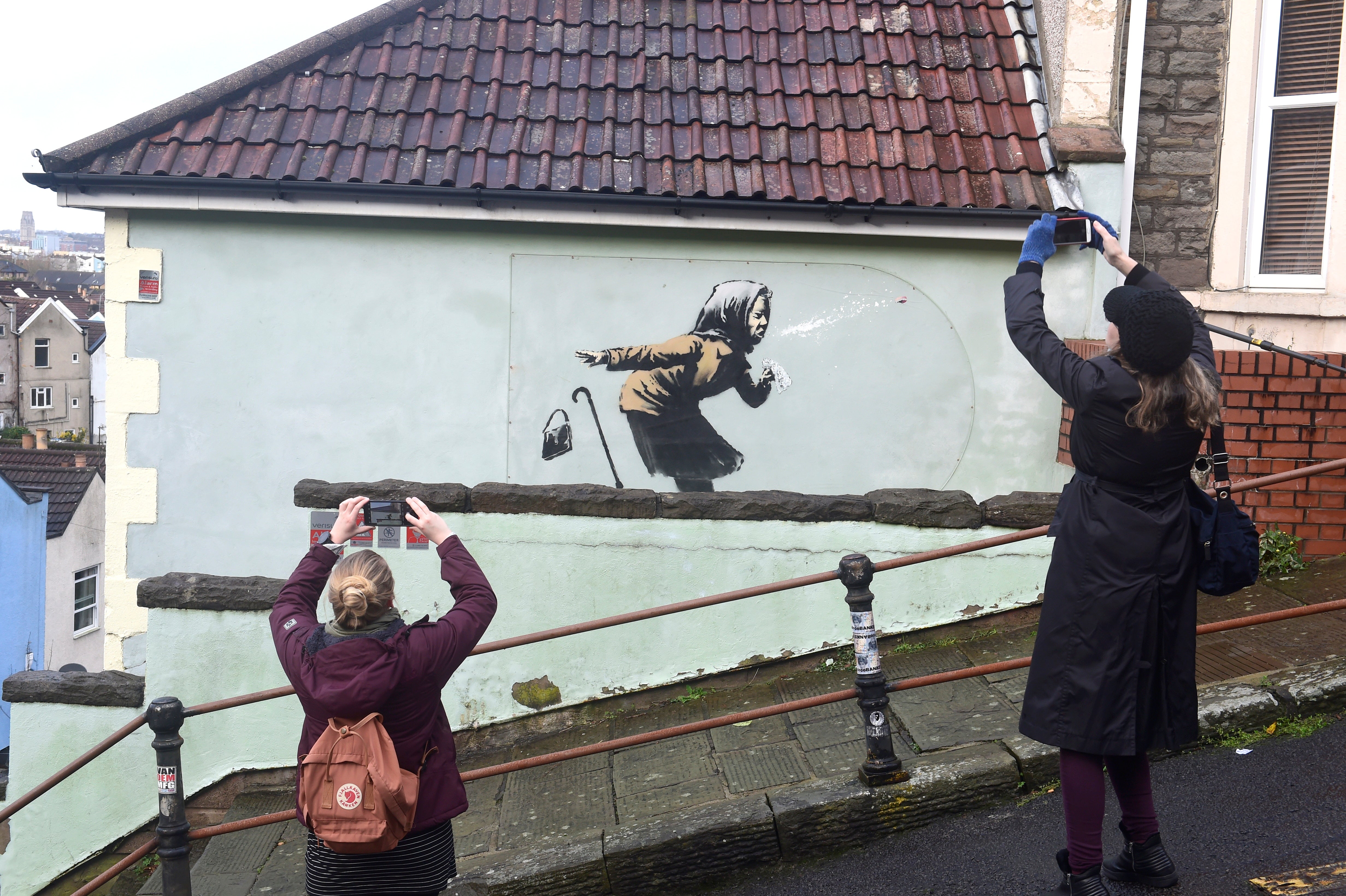
He first attracted attention in the 1990s for spray-painting trains and walls, and it was then, with his art considered criminal damage, that the foundations for his anonymity began.
As his reputation soared, his first large stencil mural, The Mild Mild West, appeared in Stokes Croft in Bristol in 1999. The picture, showing a teddy bear hurling a Molotov cocktail at three riot police, is still on view today. Many more public artworks followed. At the turn of the millennium, Banksy created pieces in London to further establish himself as a world-leading graffiti artist.
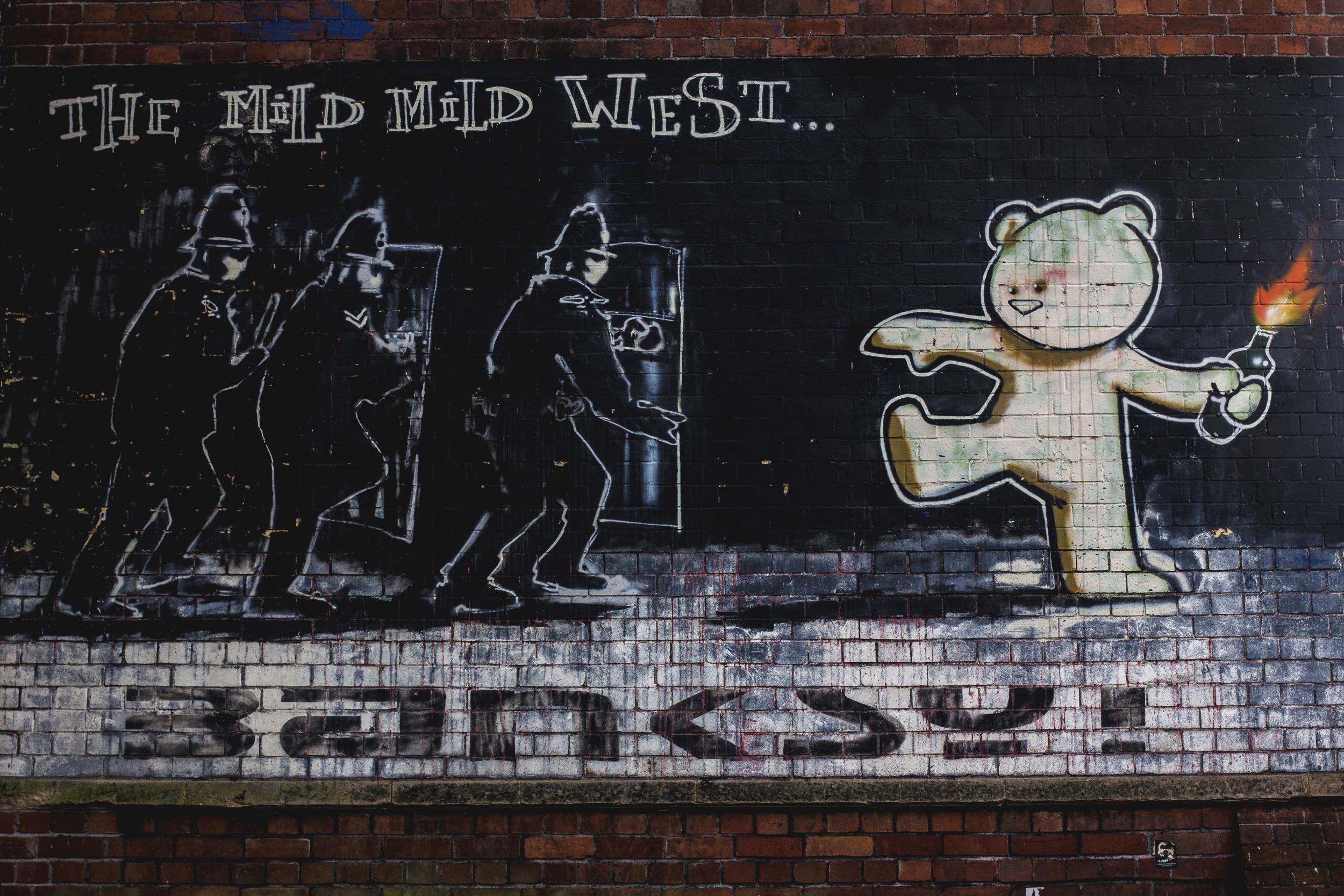
Does anyone really know who he is?
Of course, Banksy will have needed to identify himself to some people during his career. Many fellow street artists will have loyally kept his real name a secret.
There are also those in his home city of Bristol who will likely have played in the same football team as him, with the artist appearing between the goal sticks for the Easton Cowboys (it’s not known if he used his nickname to call for catches of the football at corners and free kicks).
However, all who know him have adhered to the unwritten rule that you don’t reveal the secret behind the global celebrity.
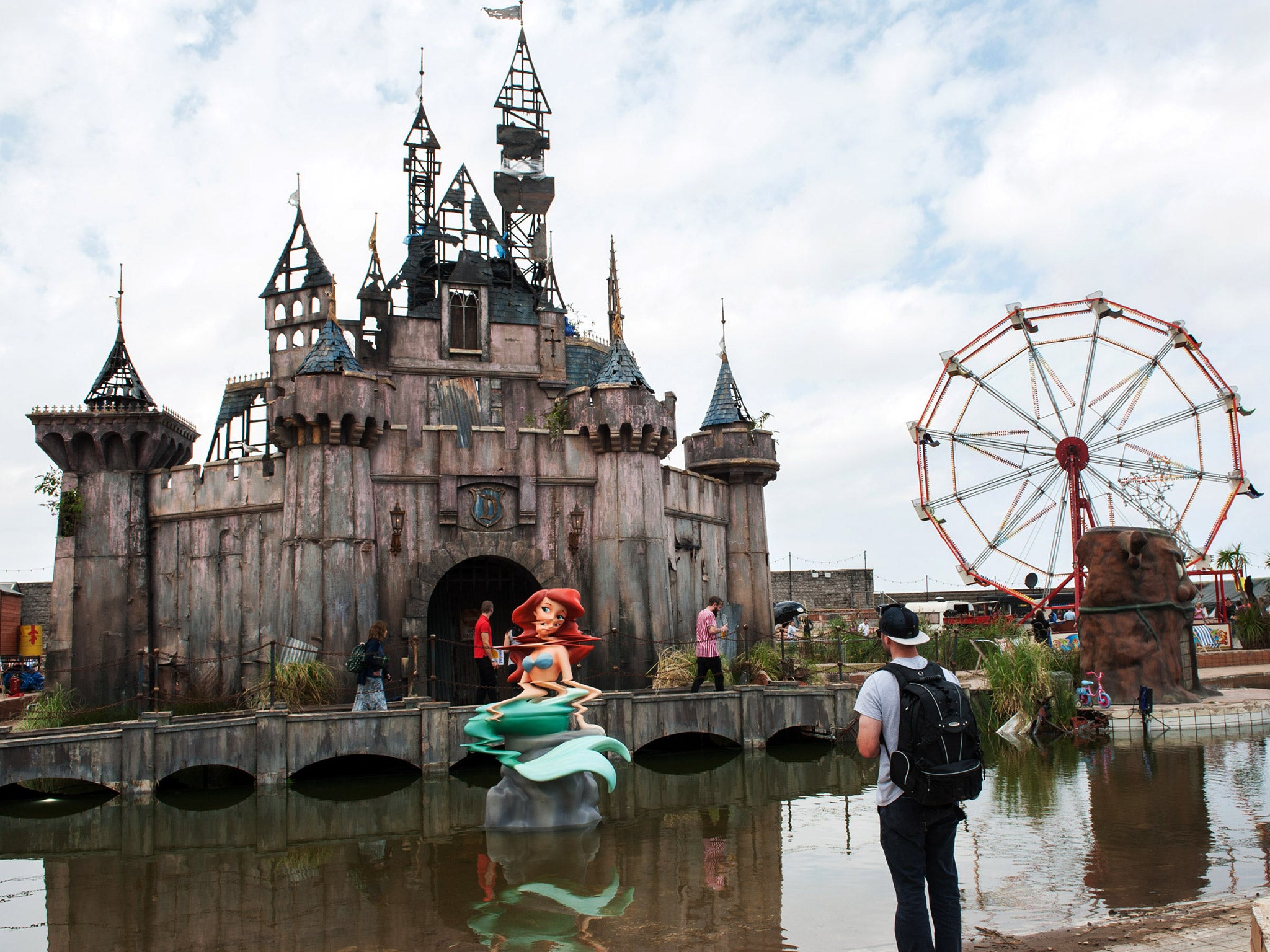
Wild theories
As with any mystery, there have been a fair number of theories about Banksy’s identity over the years.
One of the most famous claims is that he is Massive Attack’s Robert Del Naja, living a double life in plain sight. Raised in Bristol and also a name in the street art scene, it’s no surprise Del Naja, also known as 3D, is linked.
The group even played off the idea when they performed at Bristol’s Downs Festival in 2016, with lighting appearing during the gig showing the phrase “We are all Banksy” to dramatic effect.

Another famous name often put forward is drum and bass legend Goldie, although the Wolverhampton-raised star appeared to give away Banksy’s first name as “Rob” during his weekly podcast in 2017, suggesting he isn’t the man behind the spray can.
Then we have a few other names, less well known to those outside the art world. In 2014, an American news website claimed Liverpool-based Paul Horner was Banksy, and the following year US-based artist Richard Pfeiffer was linked.
Most likely identity
One name linked to Banksy which refuses to go away is Robin Gunningham. First “unmasked” in a world exclusive in 2008, connections between the artist and the former Bristol Cathedral School pupil have only strengthened over time.
In 2016, scientists at Queen Mary University claimed to have “tagged” Banksy, by identifying a pattern between the locations where his graffiti artworks most frequently appeared and addresses with a close association to Mr Gunningham.
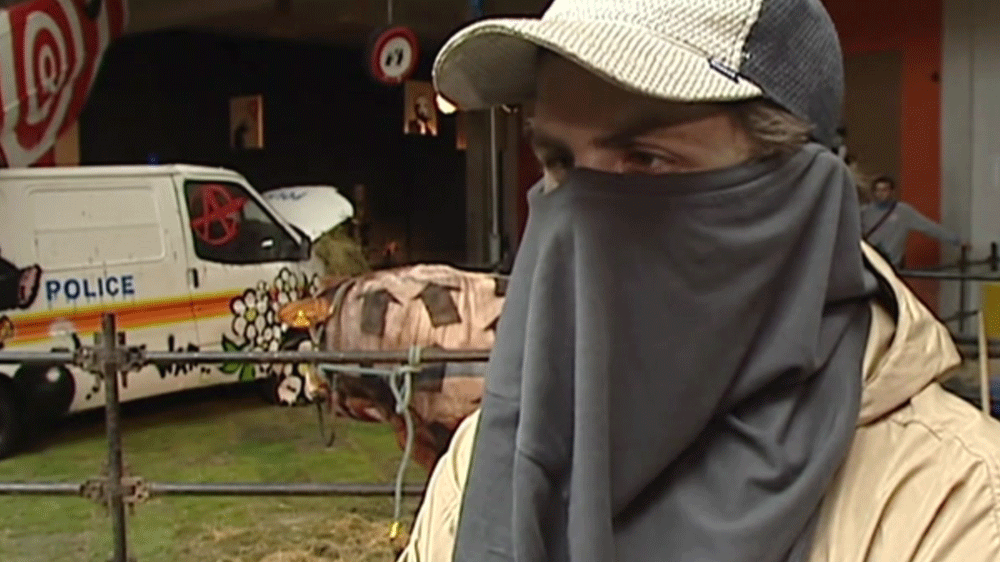
Two years later, and Mr Gunningham’s signature appeared on two pieces of work offered for sale.
Then there was the “Rob” reference made by Goldie before a 2003 BBC interview with Banksy emerged last year, appearing to reveal his identity as part of a piece for BBC Radio 4’s PM programme.
“Are you happy for me to use your name? I mean, The Independent has,” former BBC arts correspondent Nigel Wrench asked the artist, who replied: “Yeah.”
“Is it Robert Banks,” Mr Wrench continued. “It’s Robbie”, Banksy replied.
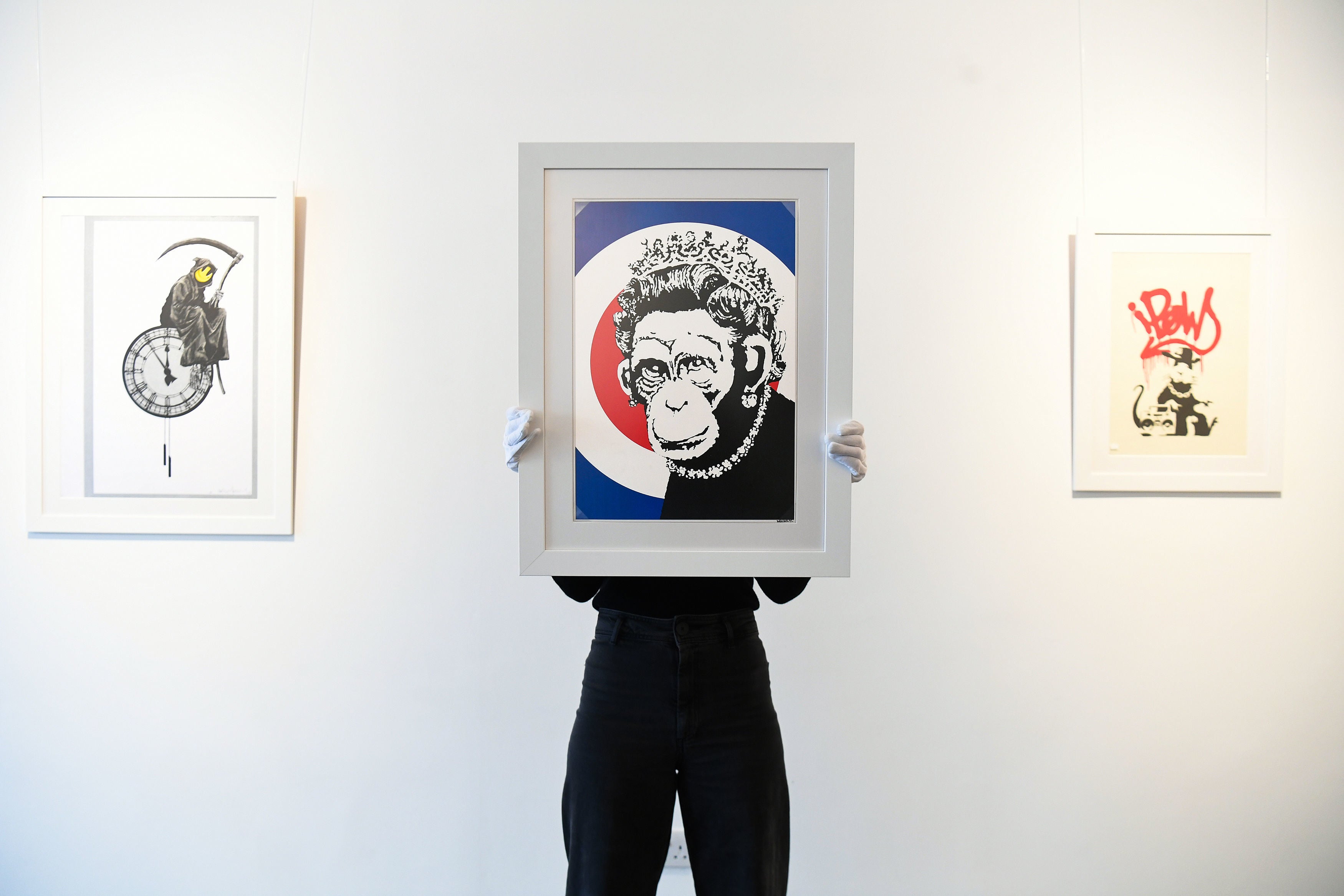
Official unmasking
It appears the best chance of Banksy’s name being revealed is through open court.
This looks possible with two art collectors taking legal action against Pest Control Ltd, the artist’s company, after it allegedly refused to confirm the authenticity of a print of his 2003 piece Monkey Queen.
According to The Guardian, Nicky Katz and Ray Howse paid £30,000 for the artwork in 2020 and despite three years of alleged requests for an authentication certificate, one hasn’t apparently been issued.
Pest Control told the news outlet its authentication process is robust, thorough and “sometimes protracted”.
If the case gets to court, Banksy could be forced to reveal his real name – not quite the place he would have planned it, but surely it is only a matter of time before a big reveal takes place.

Join our commenting forum
Join thought-provoking conversations, follow other Independent readers and see their replies
Comments